Home>Gardening & Outdoor>Landscaping Ideas>How To Cut Grass
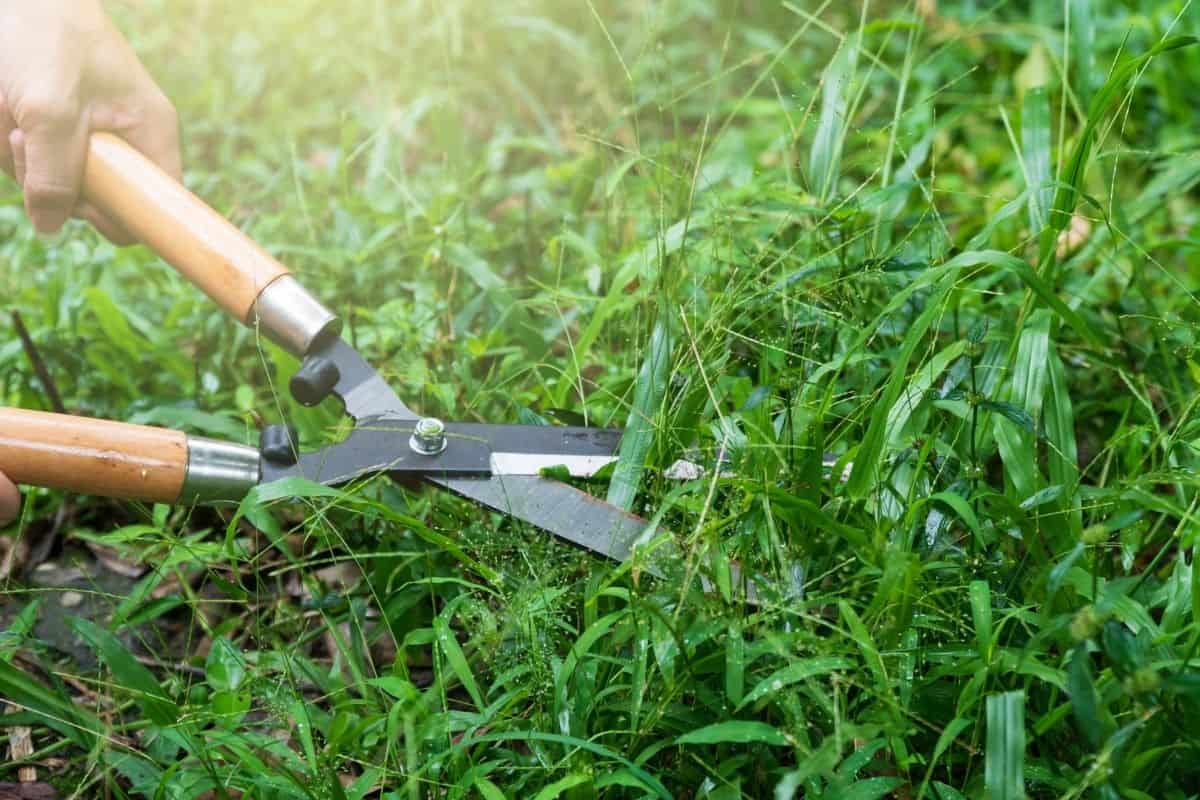

Landscaping Ideas
How To Cut Grass
Modified: September 2, 2024
Learn effective landscaping ideas for cutting grass and maintaining a beautiful lawn. Discover expert tips and techniques for a well-groomed yard.
(Many of the links in this article redirect to a specific reviewed product. Your purchase of these products through affiliate links helps to generate commission for Storables.com, at no extra cost. Learn more)
Introduction
Landscaping and maintaining a lush, vibrant lawn is a gratifying endeavor that enhances the beauty and functionality of any outdoor space. One of the fundamental tasks in lawn care is cutting the grass, a practice that not only contributes to the aesthetic appeal of the landscape but also promotes the health and vigor of the turf. Whether you are a seasoned homeowner with a passion for gardening or a novice looking to elevate your outdoor living area, mastering the art of grass cutting is essential for achieving a well-groomed and inviting lawn.
Proper grass cutting involves more than just mowing the lawn at regular intervals. It encompasses a series of considerations, from selecting the right equipment to employing effective cutting techniques and implementing post-mowing care. By understanding these key aspects and incorporating them into your lawn maintenance routine, you can elevate the overall health and appearance of your grass, creating an outdoor environment that beckons with its verdant allure.
In this comprehensive guide, we will delve into the intricacies of grass cutting, offering valuable insights and practical tips to help you achieve a professionally manicured lawn. From choosing the right equipment to mastering cutting techniques and implementing aftercare and maintenance practices, this article will equip you with the knowledge and expertise needed to elevate your lawn care efforts. So, grab your gardening gloves and let's embark on a journey to discover the art and science of grass cutting, unlocking the secrets to a lush, velvety lawn that beckons with its natural splendor.
Key Takeaways:
- Choose the right equipment, prepare the lawn, and master cutting techniques to achieve a lush and vibrant lawn that beckons with natural splendor. Embrace aftercare and maintenance for long-term vitality and beauty.
- Grass cutting is more than just mowing. It’s a harmonious blend of science, skill, and dedication. By selecting the right equipment, mastering cutting techniques, and embracing aftercare, you can cultivate a verdant and inviting outdoor space.
Read more: How To Cut Grass With A Trimmer
Choosing the Right Equipment
Selecting the appropriate equipment is paramount in ensuring a successful grass cutting endeavor. The first step in this process is choosing a reliable lawnmower that suits the size and terrain of your lawn. For smaller yards, a push reel mower may suffice, offering an eco-friendly and quiet alternative to gas-powered models. However, for larger areas or sloped landscapes, a gas or electric-powered rotary mower is often more practical, providing the necessary power and maneuverability to tackle diverse terrains.
In addition to the lawnmower, investing in a quality string trimmer, also known as a weed whacker or edger, is essential for reaching areas that are inaccessible to the mower, such as along fences, around trees, and near flower beds. This versatile tool enables precise trimming and edging, enhancing the overall neatness and polish of the lawn.
Furthermore, equipping yourself with a sturdy rake and leaf blower can aid in clearing debris, fallen leaves, and grass clippings, ensuring a tidy and well-maintained appearance. A rake is particularly useful for dethatching the lawn, while a leaf blower expedites the cleanup process, saving time and effort.
When it comes to blade maintenance, a sharp and properly balanced mower blade is crucial for achieving clean and healthy cuts. Regular blade sharpening or replacement is recommended to prevent tearing or damaging the grass, promoting a more uniform and attractive lawn.
Lastly, protective gear, such as safety goggles, ear protection, and sturdy footwear, should not be overlooked. These items safeguard against potential hazards and ensure a safe and comfortable grass cutting experience.
By carefully selecting the right equipment tailored to the specific needs of your lawn, you can lay a solid foundation for efficient and effective grass cutting, setting the stage for a beautifully manicured landscape that exudes charm and vitality.
Preparing the Lawn
Before embarking on the grass cutting journey, it is crucial to prepare the lawn adequately to ensure optimal results. This preparatory phase sets the stage for a seamless and effective mowing experience while promoting the health and resilience of the grass.
The first step in preparing the lawn involves clearing the area of any debris, such as fallen branches, rocks, or children's toys, that may obstruct the mowing process or pose safety hazards. By meticulously scanning the lawn and removing these obstacles, you create a safe and unobstructed environment for grass cutting.
Next, inspect the turf for any signs of excessive thatch buildup, a dense layer of dead grass and organic matter that accumulates near the soil surface. Thatch can impede the penetration of water, air, and nutrients into the soil, hindering the overall health of the lawn. Utilizing a dethatching rake or a specialized dethatching machine, gently remove the excess thatch to promote better soil aeration and nutrient absorption, laying the groundwork for a thriving and resilient turf.
Furthermore, it is essential to address any overgrown vegetation along the lawn's perimeters and borders. A string trimmer or edger can be employed to neatly trim grass and weeds along fences, walkways, and flower beds, creating defined boundaries and enhancing the overall tidiness of the landscape.
In addition to these preparatory measures, it is advisable to inspect the lawn for any uneven or sunken areas that may require leveling. Low spots can impede the mower's efficiency and result in an uneven cut, while high spots may cause scalping and uneven grass height. Addressing these irregularities through topdressing, leveling, or reseeding can contribute to a more uniform and aesthetically pleasing lawn surface.
Finally, it is crucial to ensure that the grass is at an appropriate height before mowing. Ideally, the grass should be 3 to 4 inches tall, as cutting it too short can stress the turf and make it more susceptible to pests, diseases, and environmental stressors. By adhering to these preparatory steps and guidelines, you lay a solid foundation for a successful grass cutting endeavor, fostering a healthy, vibrant, and visually appealing lawn that serves as a testament to your dedication to meticulous lawn care.
Cutting Techniques
Mastering the art of grass cutting involves employing effective techniques that not only enhance the visual appeal of the lawn but also contribute to the overall health and vitality of the turf. By understanding and implementing proper cutting methods, you can achieve a well-groomed and resilient lawn that serves as a testament to your dedication to meticulous lawn care.
1. Mowing Patterns
The manner in which you mow your lawn can significantly impact its appearance and health. Varying mowing patterns with each session helps prevent soil compaction and grass matting, promoting upright growth and a more uniform texture. Consider alternating between vertical, horizontal, and diagonal mowing patterns to encourage even distribution of wear and tear on the turf, resulting in a lush and well-manicured appearance.
Read more: How To Cut Thick Grass
2. Optimal Mowing Height
Maintaining the grass at an appropriate height is crucial for its overall well-being. Adjust the mower to ensure that only one-third of the grass blade is removed with each mowing session. This practice not only prevents stress on the turf but also fosters deeper root growth, enhancing the grass's resilience and ability to withstand environmental stressors. Additionally, leaving the grass slightly taller provides shade to the soil, reducing moisture evaporation and inhibiting weed growth.
3. Sharp Blades and Clean Cuts
Utilizing sharp mower blades is essential for achieving clean and precise cuts. Dull blades can tear the grass, leaving ragged edges that are more susceptible to disease and moisture loss. Regularly inspect and sharpen the mower blades to ensure a crisp and healthy cut, promoting the grass's overall vigor and appearance.
4. Mulching Benefits
Consider utilizing a mulching mower or attaching a mulching blade to your mower to finely chop grass clippings and return them to the lawn. Mulching not only provides valuable nutrients to the soil but also aids in moisture retention and weed suppression. This sustainable practice promotes a healthier and more resilient lawn while reducing the need for chemical fertilizers and promoting environmental sustainability.
5. Timing and Frequency
Adhering to a consistent mowing schedule is essential for maintaining the grass at an optimal height and preventing shock to the turf. Avoid cutting more than one-third of the grass blade at a time and adjust the mowing frequency based on the grass's growth rate, aiming to remove only the top portion of the grass to maintain its health and lush appearance.
By incorporating these cutting techniques into your lawn care regimen, you can elevate the overall health and visual allure of your grass, cultivating a verdant and inviting outdoor space that beckons with its natural splendor.
Read more: How To Cut Sod Grass
Aftercare and Maintenance
After completing the grass cutting process, it is essential to focus on aftercare and maintenance to ensure the continued health and beauty of the lawn. This phase involves a series of post-mowing practices aimed at nurturing the turf, addressing any potential issues, and preparing the grass for its next growth cycle.
1. Post-Mowing Cleanup
Once the grass cutting is complete, it is crucial to conduct a thorough post-mowing cleanup to remove any grass clippings, debris, or fallen leaves from the lawn. Utilizing a leaf blower or rake, clear the area to prevent the accumulation of organic matter, which can hinder sunlight penetration and air circulation, potentially leading to thatch buildup and moisture retention.
2. Watering and Irrigation
Proper hydration is vital for the grass's recovery and growth following mowing. Water the lawn deeply and infrequently, preferably in the early morning, to promote strong root development and minimize the risk of fungal diseases. Adequate irrigation supports the grass's resilience and vitality, contributing to a lush and vibrant lawn.
3. Fertilization and Soil Enrichment
After grass cutting, consider applying a balanced fertilizer to replenish essential nutrients and support the turf's regrowth. Additionally, conducting a soil test can provide valuable insights into the soil's pH levels and nutrient composition, enabling targeted amendments to enhance the grass's overall health and vigor.
Read more: How To Cut Grass On A Hill
4. Weed Control and Pest Management
Addressing weed growth and pest infestations is crucial for maintaining the lawn's pristine appearance and preventing potential damage to the grass. Consider implementing organic weed control methods and integrated pest management practices to minimize the use of chemical interventions while safeguarding the turf's well-being.
5. Monitoring and Observation
Regularly inspect the lawn for signs of stress, disease, or irregular growth patterns. By staying vigilant and addressing any emerging issues promptly, you can mitigate potential damage and foster a resilient and visually appealing turf.
6. Blade Maintenance and Equipment Care
After each grass cutting session, inspect the mower blades for sharpness and balance, sharpening or replacing them as needed. Additionally, conduct routine maintenance on the lawnmower and other equipment to ensure their optimal performance and longevity, contributing to efficient and effective grass cutting in the future.
By incorporating these aftercare and maintenance practices into your lawn care routine, you can nurture a healthy, vibrant, and visually captivating lawn that serves as a testament to your dedication to meticulous landscaping and gardening.
Conclusion
In conclusion, mastering the art of grass cutting is a multifaceted endeavor that goes beyond mere lawn maintenance. It is a testament to the dedication and passion for nurturing a vibrant and inviting outdoor space. By delving into the intricacies of grass cutting, from selecting the right equipment to employing effective cutting techniques and implementing aftercare and maintenance practices, you can elevate the overall health and appearance of your lawn, creating an outdoor environment that beckons with its verdant allure.
The journey of grass cutting begins with choosing the right equipment tailored to the specific needs of your lawn. From reliable lawnmowers to versatile string trimmers and essential maintenance tools, the selection of equipment sets the stage for efficient and effective grass cutting, laying a solid foundation for a beautifully manicured landscape that exudes charm and vitality.
Preparing the lawn is a crucial step that sets the stage for a seamless and effective mowing experience while promoting the health and resilience of the grass. Clearing debris, addressing thatch buildup, and ensuring uniform grass height are essential preparatory measures that contribute to a well-groomed and visually appealing lawn.
Employing effective cutting techniques, such as varying mowing patterns, maintaining optimal mowing height, and utilizing sharp blades, is essential for achieving a well-manicured and resilient lawn. By incorporating these techniques into your lawn care regimen, you can elevate the overall health and visual allure of your grass, cultivating a verdant and inviting outdoor space that beckons with its natural splendor.
After completing the grass cutting process, focusing on aftercare and maintenance is essential to ensure the continued health and beauty of the lawn. Post-mowing cleanup, proper watering and irrigation, soil enrichment, weed control, and equipment maintenance are integral components of aftercare that contribute to the long-term vitality of the turf.
In essence, the art of grass cutting is a harmonious blend of science, skill, and dedication, culminating in a lush and vibrant lawn that serves as a testament to meticulous lawn care. By embracing the insights and practices outlined in this guide, you can embark on a journey to cultivate a verdant and inviting outdoor space, where the beauty of nature flourishes and beckons with its timeless allure.
Frequently Asked Questions about How To Cut Grass
Was this page helpful?
At Storables.com, we guarantee accurate and reliable information. Our content, validated by Expert Board Contributors, is crafted following stringent Editorial Policies. We're committed to providing you with well-researched, expert-backed insights for all your informational needs.
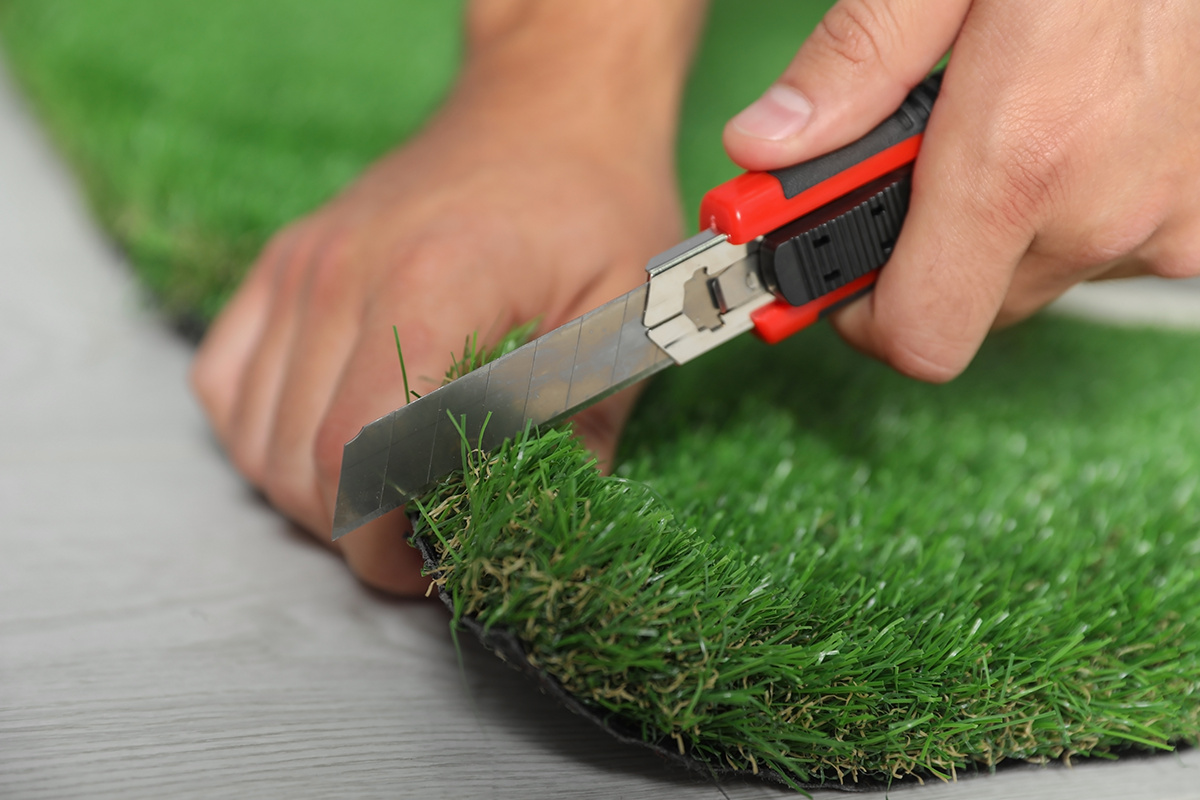
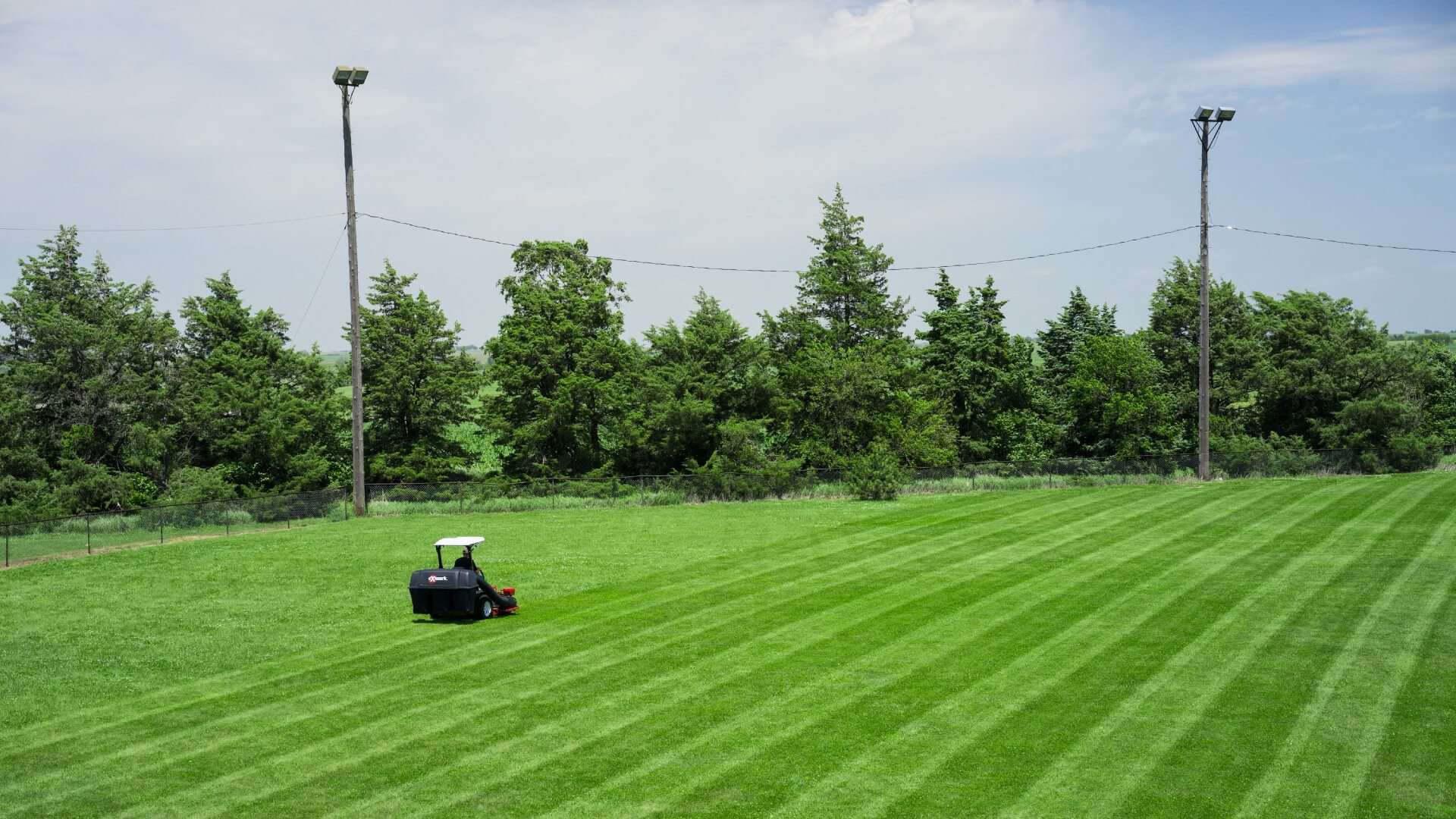
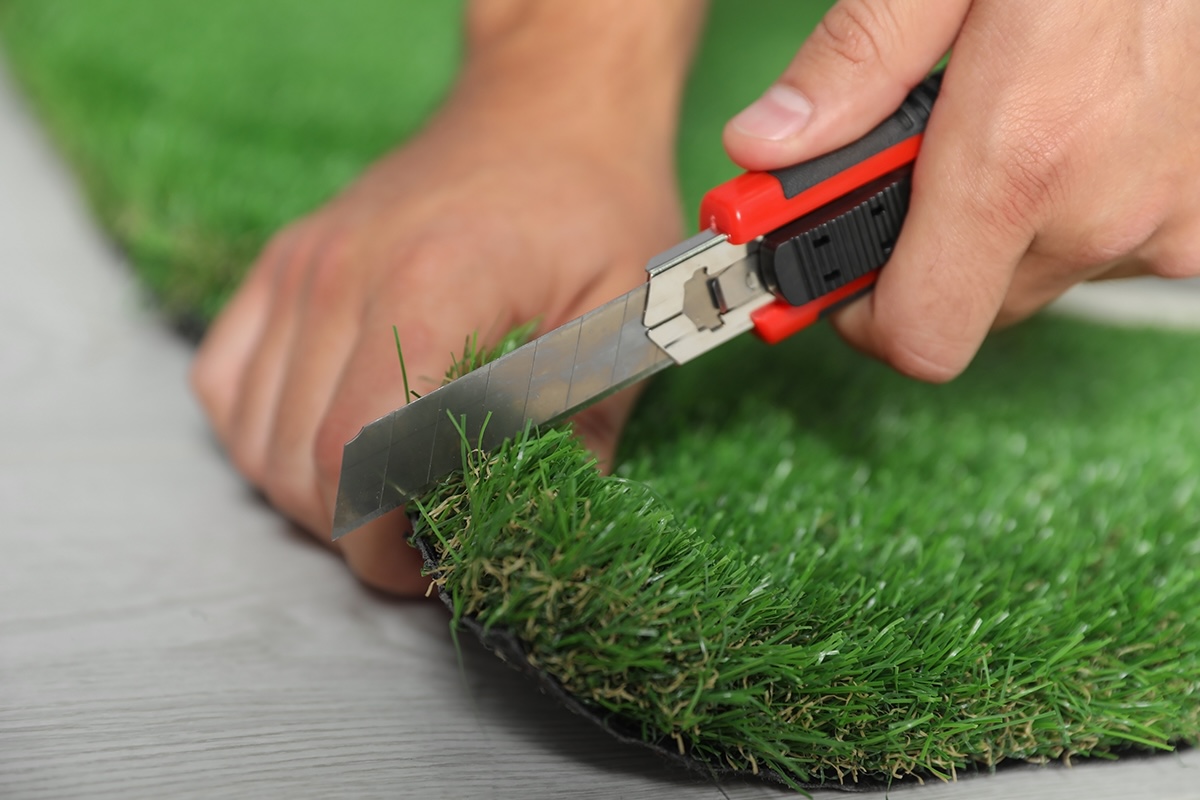
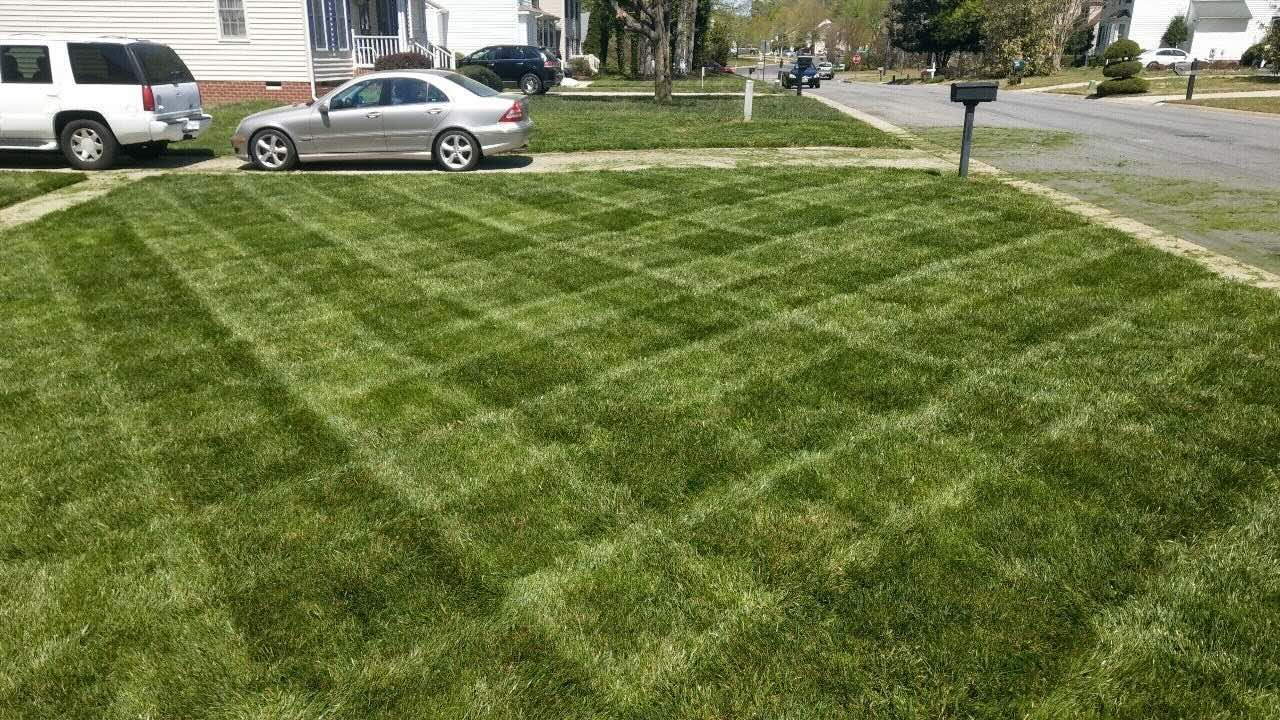
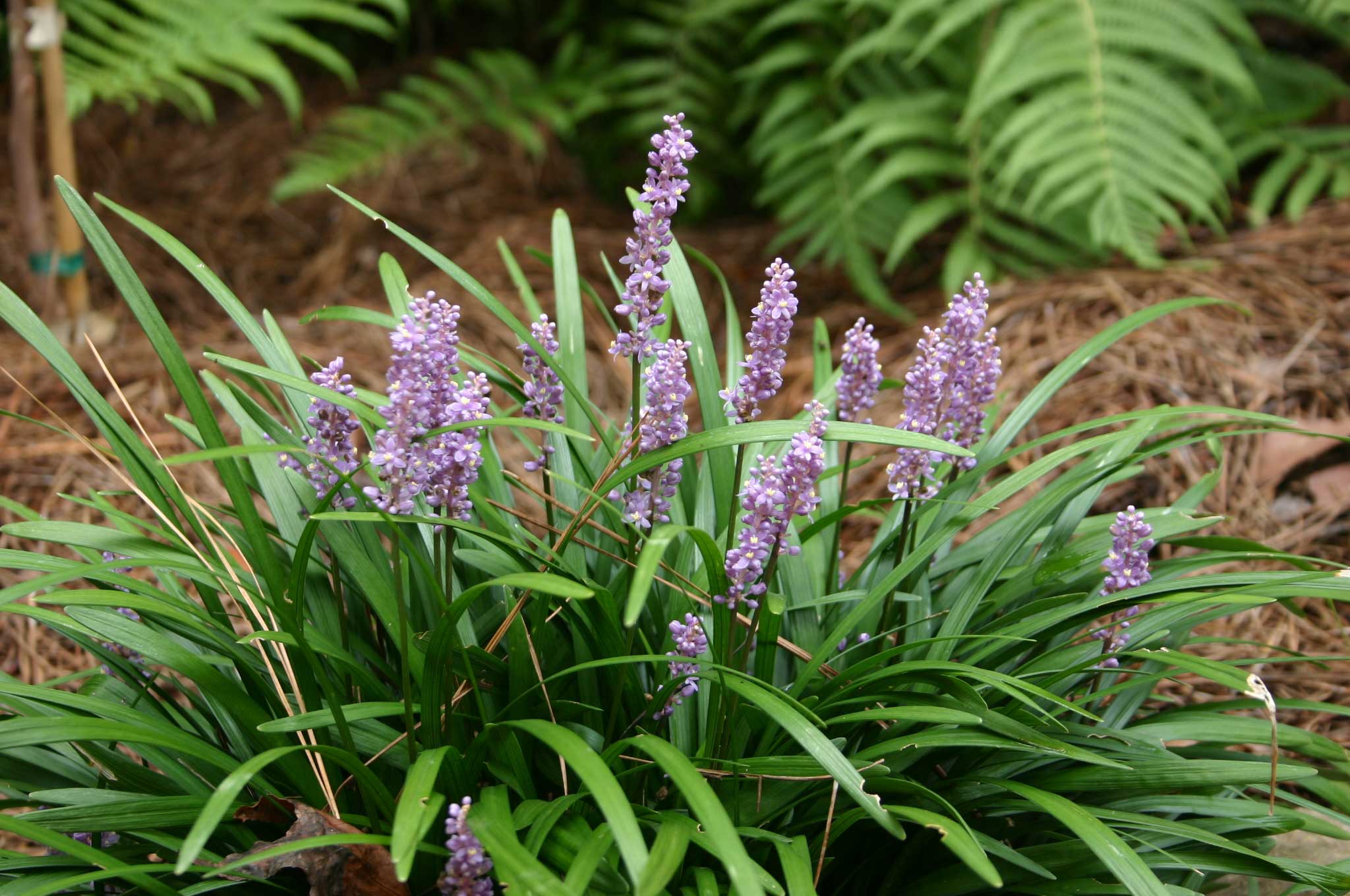
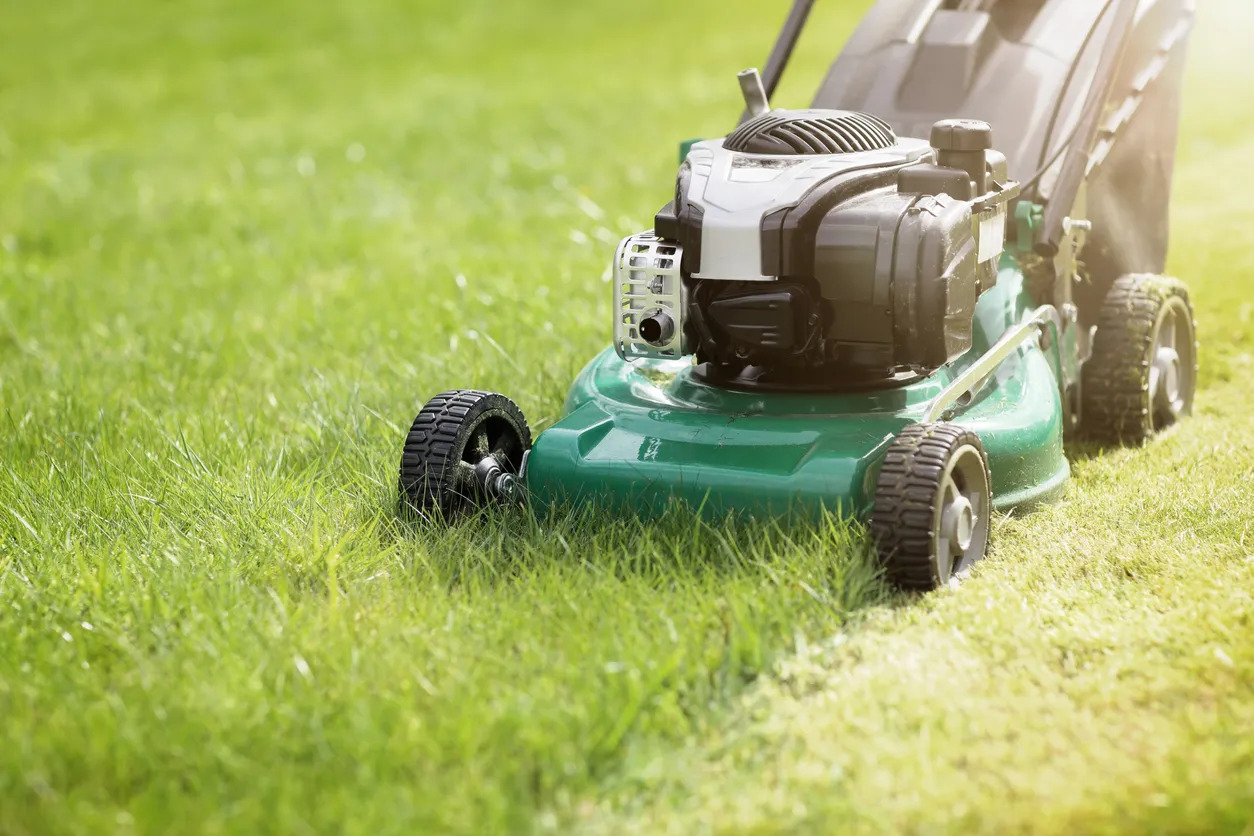
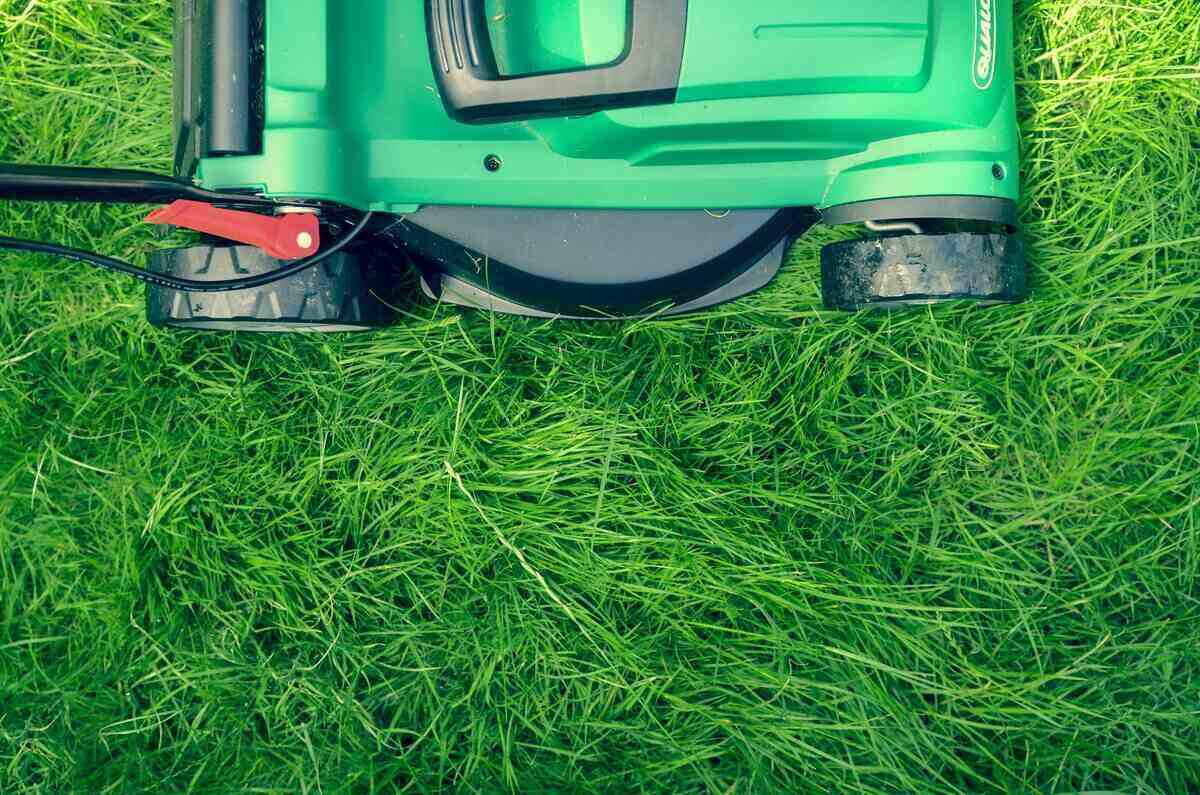
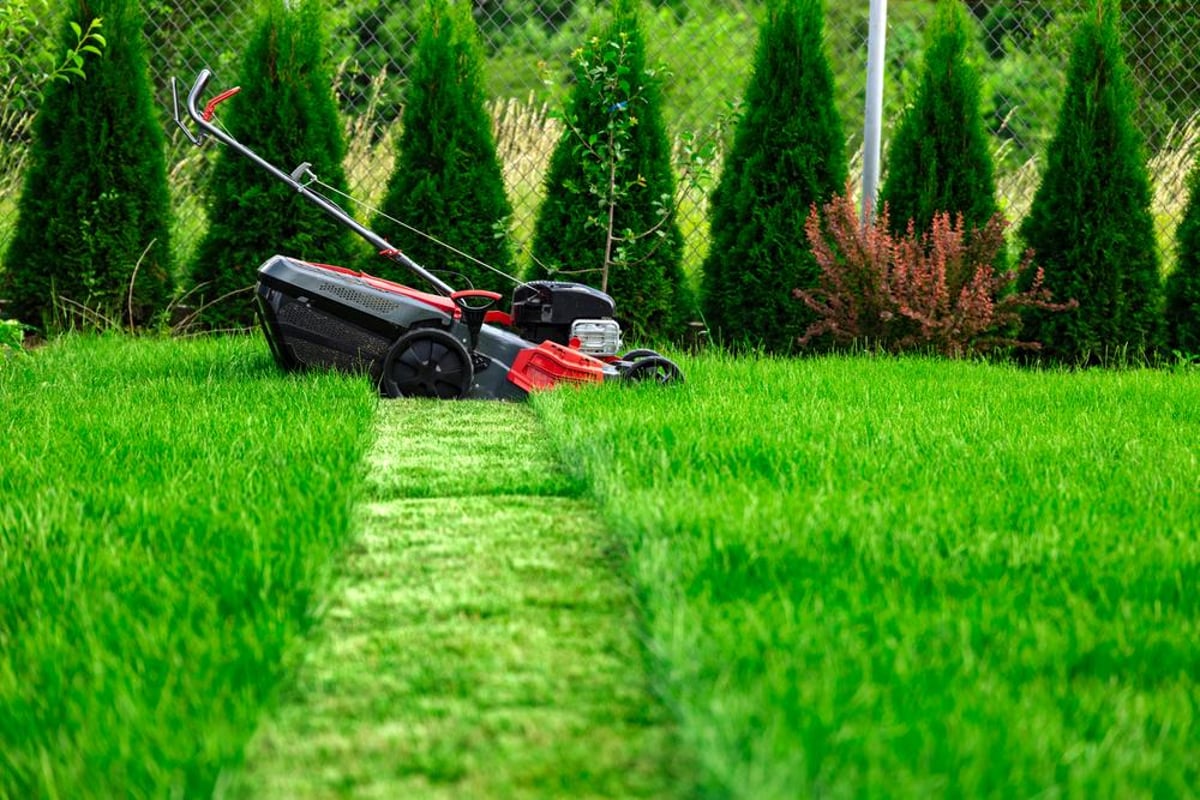

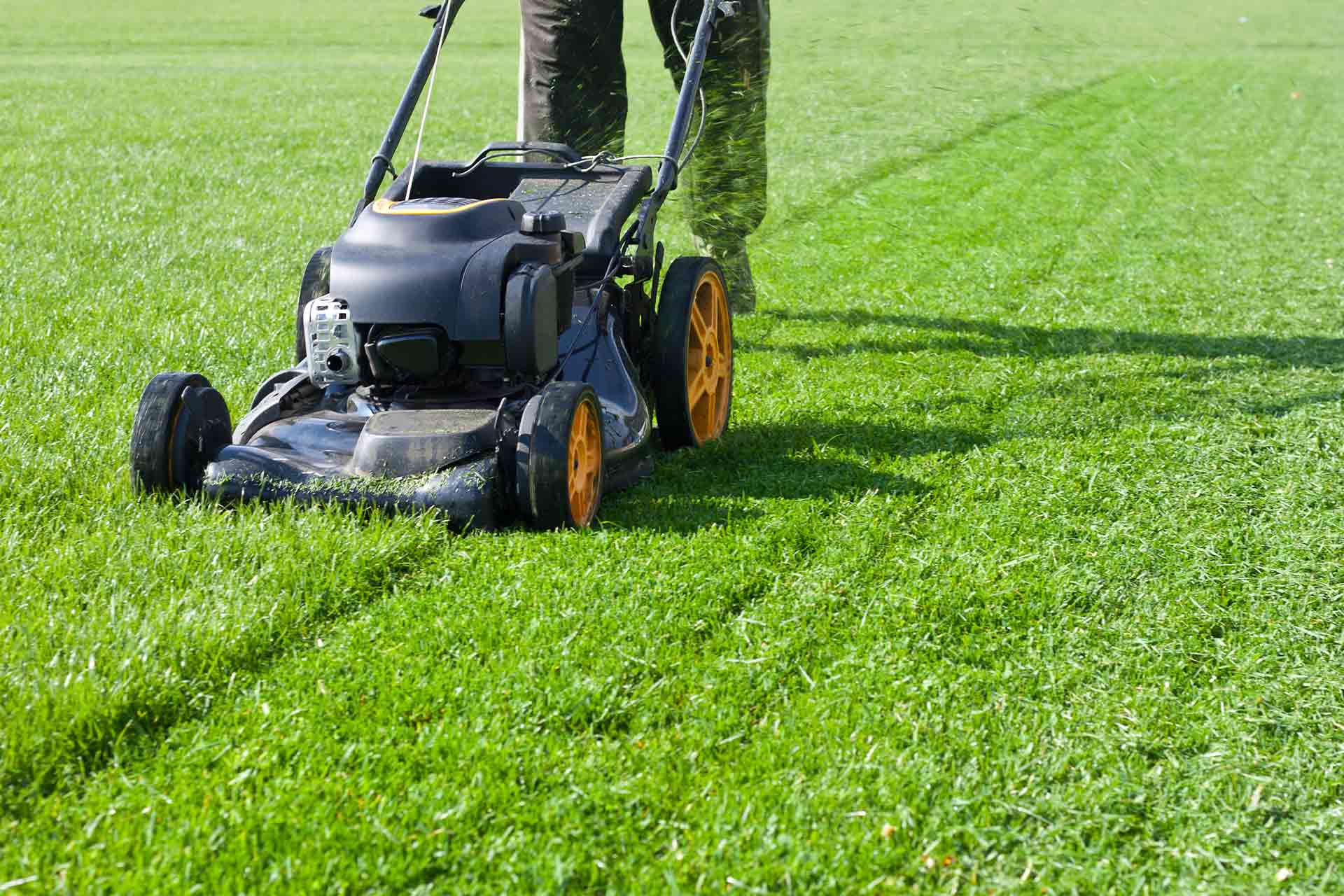
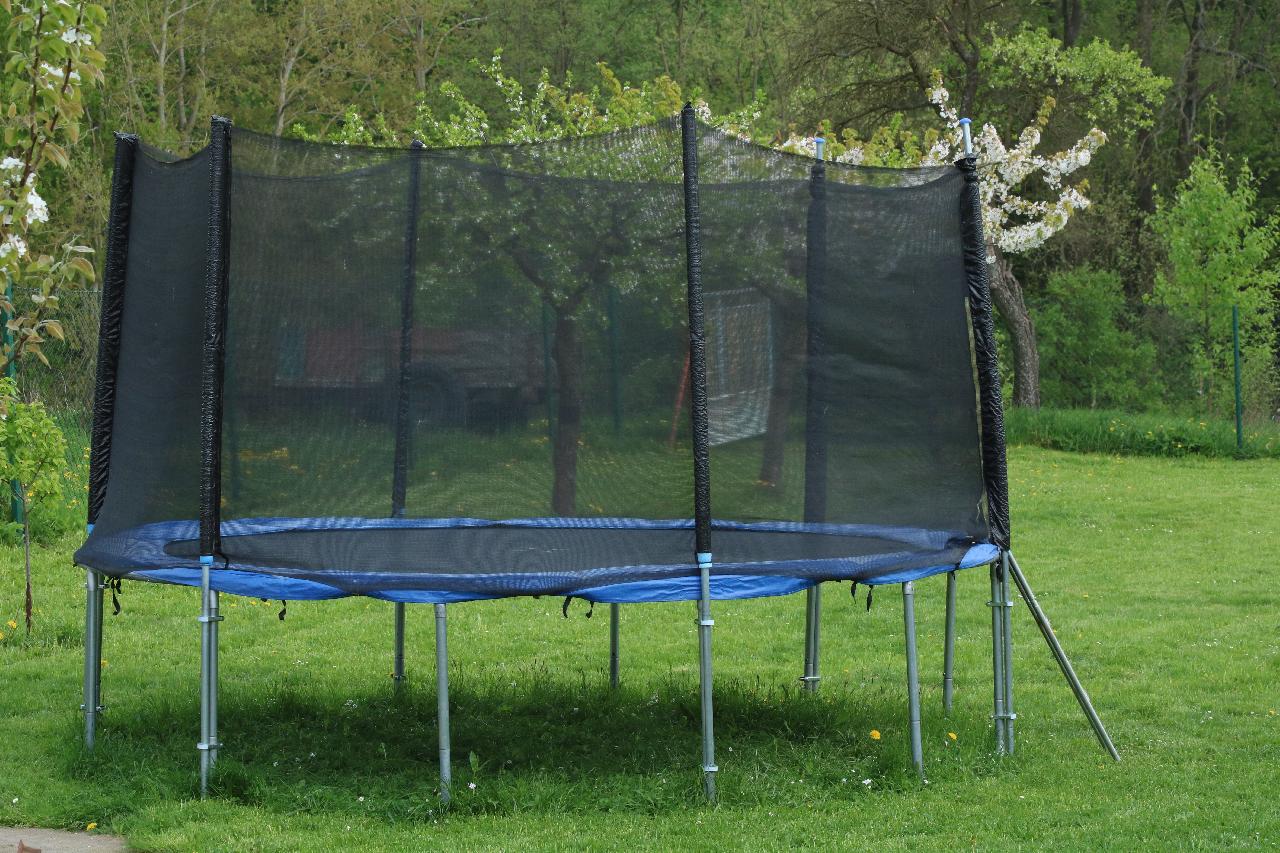
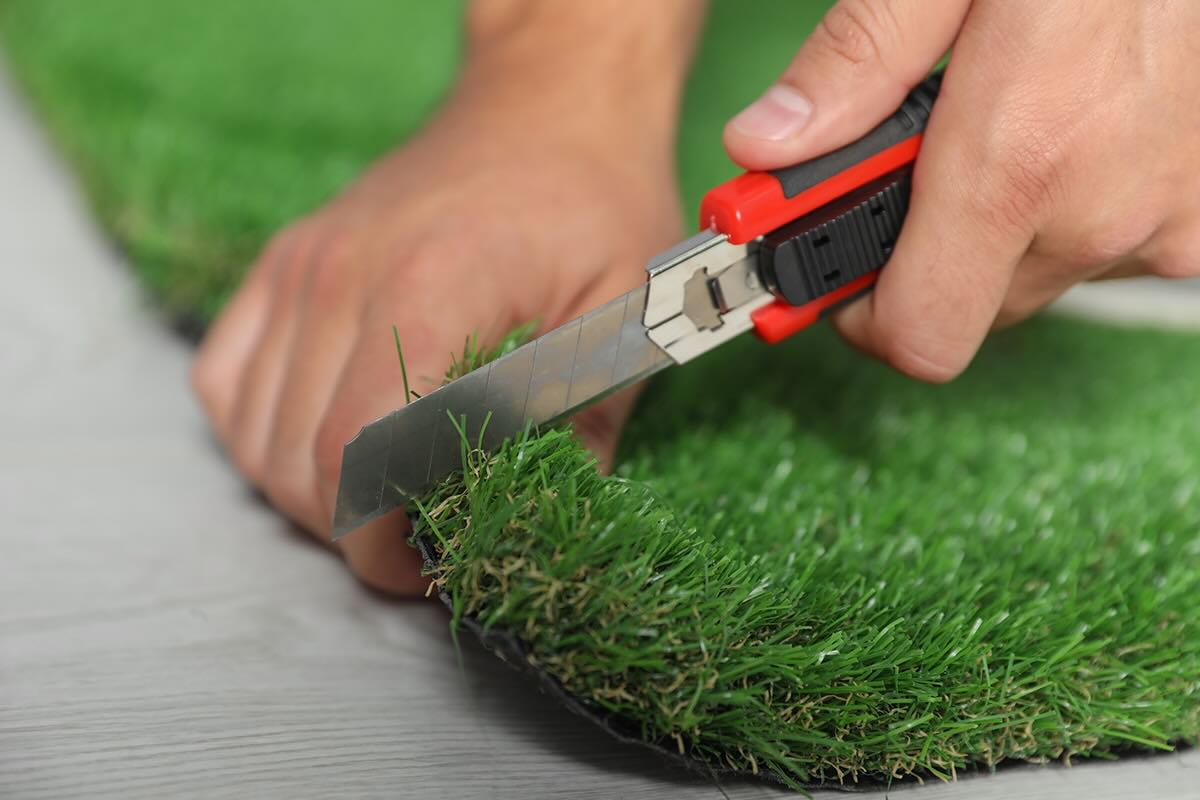

0 thoughts on “How To Cut Grass”